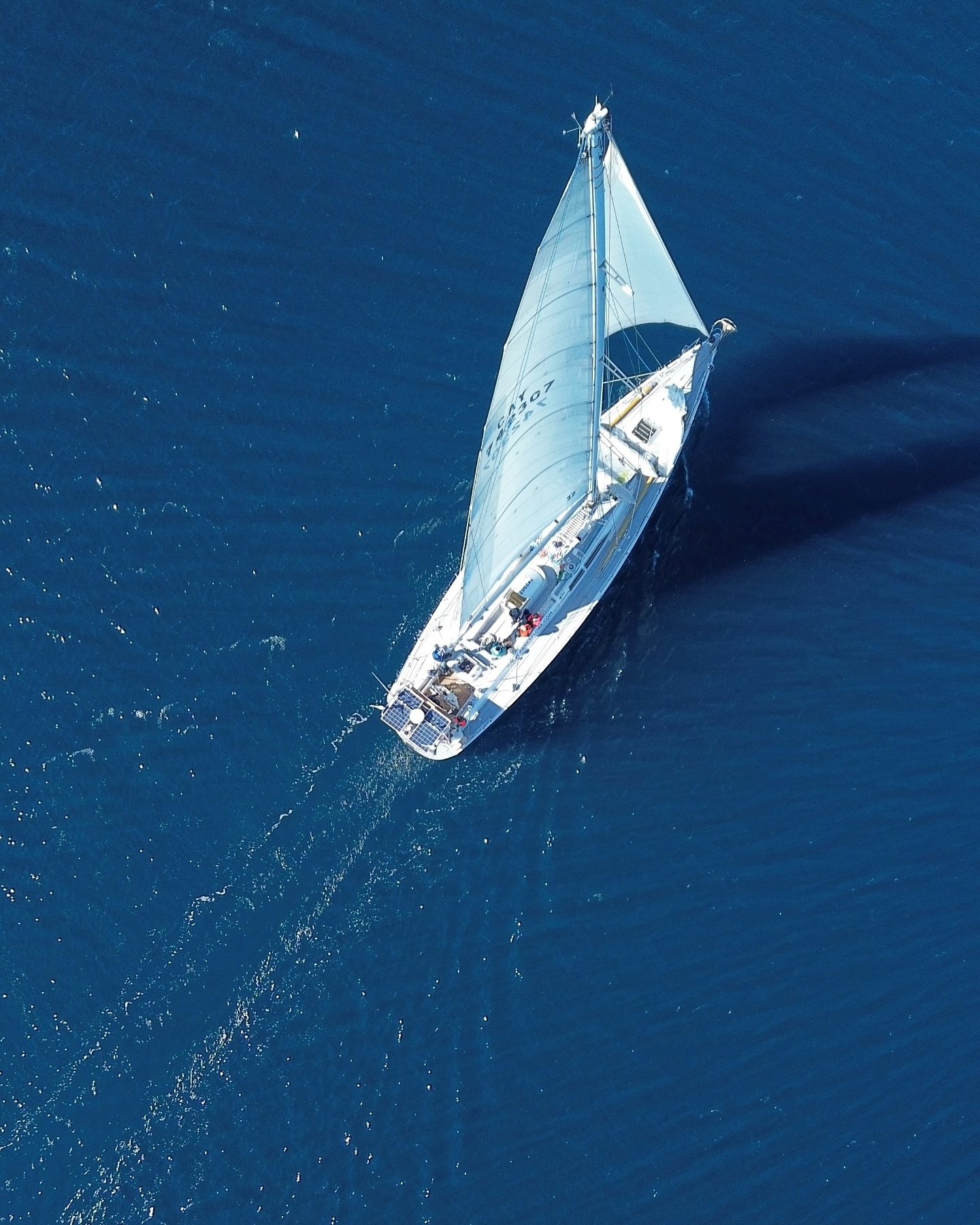That’s it, right there, the first time I saw the ocean- only 14 years old…
We recently had a chance to sit down to eat, talk and learn with a man that has been an inspiration to many of us in ocean conservation- and a one that thinks very differently than the rest of us. Wyland is best known for his worldwide collection of “whale walls” – massively over-sized canvasses of marine life. He has captured a colorful, inspiring, realistic face of the oceans that has a remarkable ability to connect with all people- across cultures, and places that often have little direct link to the ocean. Living in Cleveland years ago, I remember seeing his mural cover an entire building front on an otherwise dreary lakefront. Many, many people in the neighborhoods, and in cars on the expressway would never see whales in “real life.” Yet, we all were drawn to that imagery. Wyland created a powerful connection, a reminder to all of us that this is our ocean… a place that we are a part of.
I am impressed with Wyland because of his passion for the ocean. He told us about that first time seeing the ocean on the way to dinner in Laguna Beach. I respect somebody who can create that type of deep connection and then build a vocation- art- and an entire life around his dedication to the sea. The long term effect of his commitment has been an extraordinary collection of inspiring art- gray whales, orcas, sharks, manatees, billfish, turtles, even Nemo, created in canvass, sculpture, walls and multi-media. He has blended art and science to create a powerful window to the underwater world. Despite what some of us scientists may think, many…most people actually do not connect well through science alone. They do much better with art. Stories, images, impressions, colors and interpretations create diverse, accessible doorways that bring people into this new reality. This is particularly true of the sea. Our diving technology aside, we are of the land and poorly equipped to become part of the sea. Wyland’s art does this.
We are also impressed with his connection to children. He, like others, recognizes that young people are the greatest leverage point in changing the world around us. Their minds are more open, their ideals less tarnished, and aspirations less bounded…and they have a much longer runway to do good. His Wyland Foundation specifically targets young people to engage in art as a way of connecting with the natural world. By joining art and science activities together, they are able to engage both dimensions of these future leaders. Have a look at the good work they do: Wyland Foundation
We also talked about a point of common ground with our Sea Dragon expedition team. Jacques Cousteau was a profound influence for us all. Notice carefully in many of our video clips and photos – Sea Dragon crew wear the red French divers cap out of serious respect for Cousteau. He too brought art and science together to connect us with the sea. His art was film- pioneering underwater video and still photography. It was elegantly connected with exploration and early marine science to create a tremendously human experience that connected us to the ocean. As a young undergraduate at the University of Miami, we had a chance to visit Calypso informally. She was up the Miami River for an engine refit and overhaul prior to their Amazon expedition. Several of the crew were aboard overseeing work. I can never forget the feeling of reverence as we paced the ship, stood on the bridge, and gazed into the small cabin space, with the red-check tablecloth where Cousteau planned so many of his expeditions. This ship, on her missions of filming art and expedition science was our doorway to the sea…and the life that we now live.
Pangaea and 5 Gyres are committed to supporting this combination of art and science. The next 18 months has a growing list of writers, film makers and hopefully painters aboard. We are now actively looking at a way to put an “artist in residence” on every leg of the voyage. This is an old maritime tradition. The HMS Beagle carried both Charles Darwin and artist Conrad Martens as she set out from Montevideo south to Valparaiso Chile. in 1833.
People like Cousteau and Wyland deserve our thanks for making connections and inspiring larger lives in us all. They create bridges between art and science, our daily lives ( a Cleveland industrial site) and the broader reality, and between our searching youth and hard working adult lives.
Ron, Portia, Atlas, Marcus and Anna












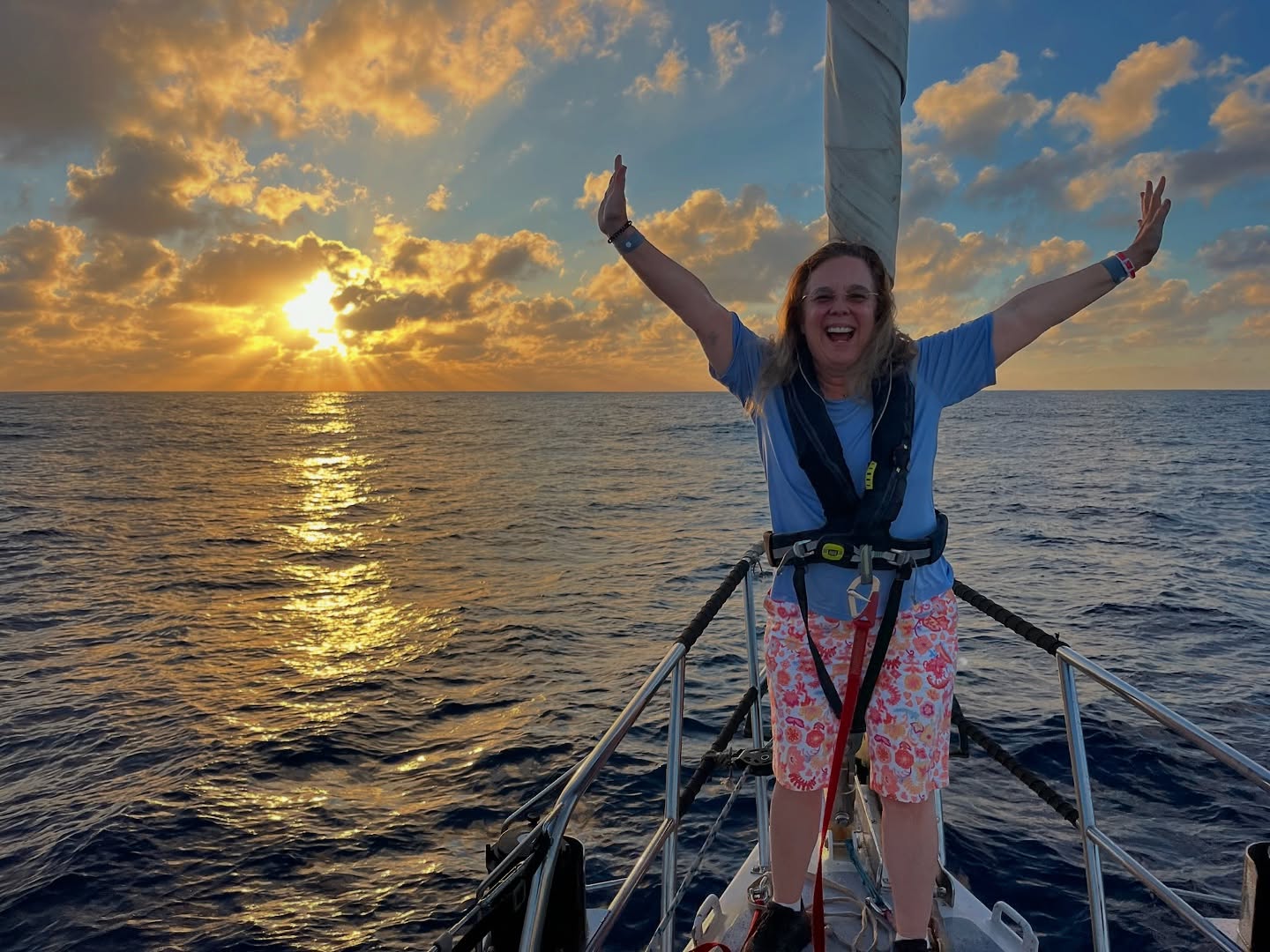
 Sometimes, the best way to find yourself is to lose yourself in the vastness of the ocean. No better time than today to start planning your adventure with us.
Sometimes, the best way to find yourself is to lose yourself in the vastness of the ocean. No better time than today to start planning your adventure with us.  Where will your journey take you?
www.panexplore.com
Where will your journey take you?
www.panexplore.com  #Sailing #sailingyacht #adventuretravel #adventureculture #sailaroundtheworld
#Sailing #sailingyacht #adventuretravel #adventureculture #sailaroundtheworld

 Sail away with us, our itinerary is sure to keep you warm this winter!
Sail away with us, our itinerary is sure to keep you warm this winter!  Check it out now @ www.panexplore.com
Check it out now @ www.panexplore.com 
 Sailing a 72’ challenge yacht across the globe isn’t just about knowing the ropes (though that helps too!
Sailing a 72’ challenge yacht across the globe isn’t just about knowing the ropes (though that helps too!  ). It’s about *working together* as a team to navigate, adjust sails, and keep our course true—no matter the conditions!
Did you know? **Every crew member plays a crucial role** in making sure we stay on track, whether it’s maintaining the boat, keeping watch, or planning our next port of call. It’s all hands on deck, all the time!
Ready to join the crew?
). It’s about *working together* as a team to navigate, adjust sails, and keep our course true—no matter the conditions!
Did you know? **Every crew member plays a crucial role** in making sure we stay on track, whether it’s maintaining the boat, keeping watch, or planning our next port of call. It’s all hands on deck, all the time!
Ready to join the crew? 
 Come aboard and discover how teamwork, sailing skills, and a thirst for adventure will take you places you never imagined!
#sailingtrip #sailingadventure #challengeyacht #ExploreTheSeas #LearnToSail #travelcommunity #SailAroundTheWorld
Come aboard and discover how teamwork, sailing skills, and a thirst for adventure will take you places you never imagined!
#sailingtrip #sailingadventure #challengeyacht #ExploreTheSeas #LearnToSail #travelcommunity #SailAroundTheWorld




 www.panexplore.com
$500 secures your bunk today
www.panexplore.com
$500 secures your bunk today  Limited spots remain—book now for the ultimate travel experience!
#SailTheWorld #AdventureAwaits #CanaryIslands #ARC2025 #sailing #sailinstagram #ARC #travel
Limited spots remain—book now for the ultimate travel experience!
#SailTheWorld #AdventureAwaits #CanaryIslands #ARC2025 #sailing #sailinstagram #ARC #travel
 Designed to withstand the toughest conditions, including the Southern Ocean’s wildest weather, Sea Dragon offers a safe, eco-friendly platform for long-distance exploration.
Designed to withstand the toughest conditions, including the Southern Ocean’s wildest weather, Sea Dragon offers a safe, eco-friendly platform for long-distance exploration. 
 She’s nearing the end of a complete renovation just in time for our 25/26 sailing season!
She’s nearing the end of a complete renovation just in time for our 25/26 sailing season! 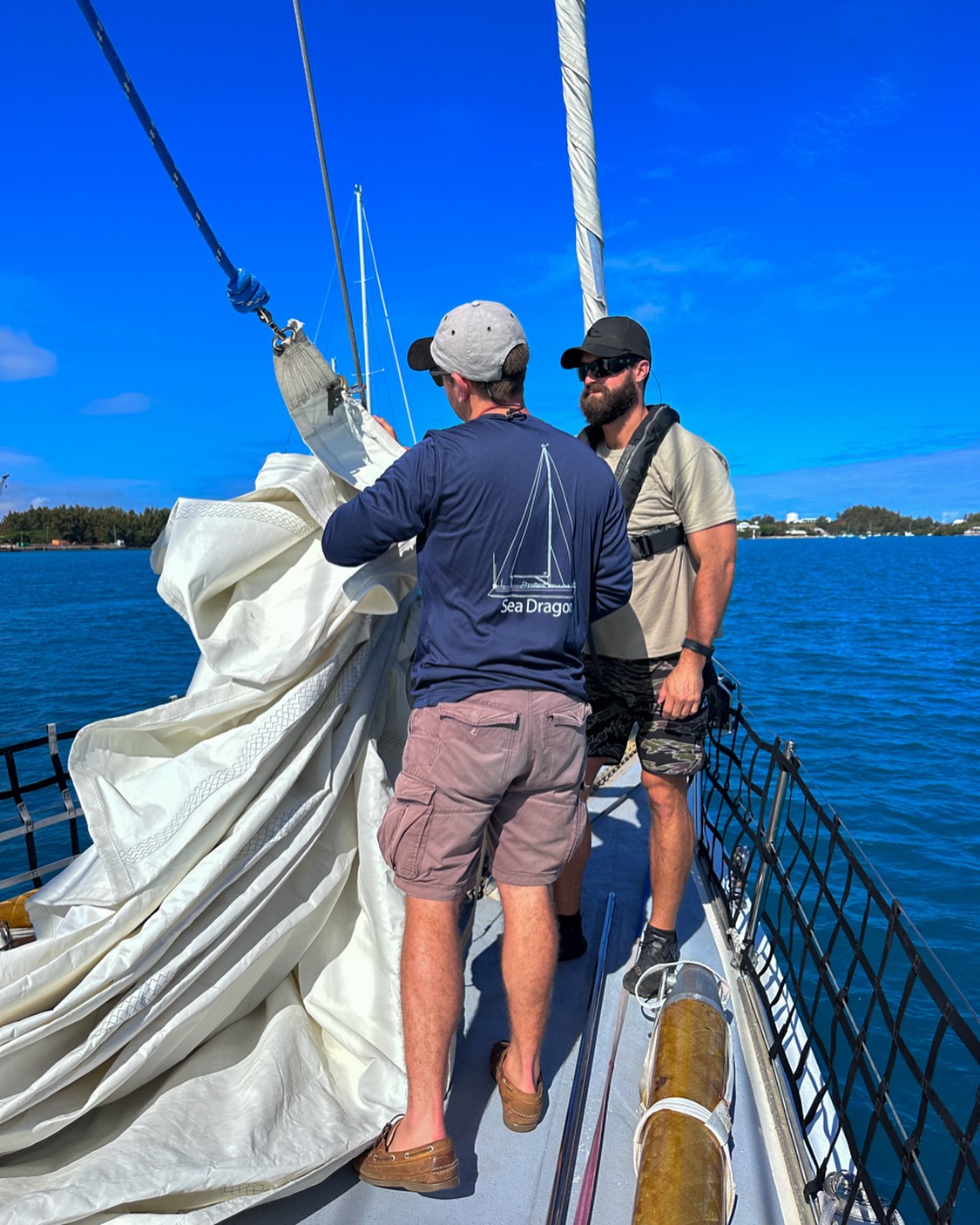
 – Learn how to read maps, use a compass, and navigate with GPS to explore new shores confidently.
2. **Weather Mastery**
– Learn how to read maps, use a compass, and navigate with GPS to explore new shores confidently.
2. **Weather Mastery**  – Gain the knowledge to understand weather patterns and forecasts, ensuring you’re prepared for any conditions.
3. **Self-Sufficiency on the Water**
– Gain the knowledge to understand weather patterns and forecasts, ensuring you’re prepared for any conditions.
3. **Self-Sufficiency on the Water**  – Discover how to manage your boat and perform essential repairs while far from land.
4. **Boat Lingo & Understanding Your Vessel**
– Discover how to manage your boat and perform essential repairs while far from land.
4. **Boat Lingo & Understanding Your Vessel**  – Get to know the ins and outs of Sea Dragon, from rigging to deck to engine, and master the language of sailing, so you can confidently communicate with your crew.
5. **Team Communication**
– Get to know the ins and outs of Sea Dragon, from rigging to deck to engine, and master the language of sailing, so you can confidently communicate with your crew.
5. **Team Communication**  – Sharpen your ability to communicate with your crew, ensuring smooth sailing and teamwork in every situation.
6. **Mental Resilience**
– Sharpen your ability to communicate with your crew, ensuring smooth sailing and teamwork in every situation.
6. **Mental Resilience**  – Build the mindset to stay calm, adaptable, and focused, no matter what the ocean throws your way.
Join us on one of our global sailing adventures and learn these skills firsthand while exploring the world’s most incredible destinations!
– Build the mindset to stay calm, adaptable, and focused, no matter what the ocean throws your way.
Join us on one of our global sailing adventures and learn these skills firsthand while exploring the world’s most incredible destinations!  Take your holiday to the next level, DM us or visit us on the web to find out how you can sign up for our upcoming trips, designed for adventurers of all skill levels! www.panexplore.com
#sailingadventure #learntosail #adventureholiday #sailing #TravelTheWorld #vacationgoals
Take your holiday to the next level, DM us or visit us on the web to find out how you can sign up for our upcoming trips, designed for adventurers of all skill levels! www.panexplore.com
#sailingadventure #learntosail #adventureholiday #sailing #TravelTheWorld #vacationgoals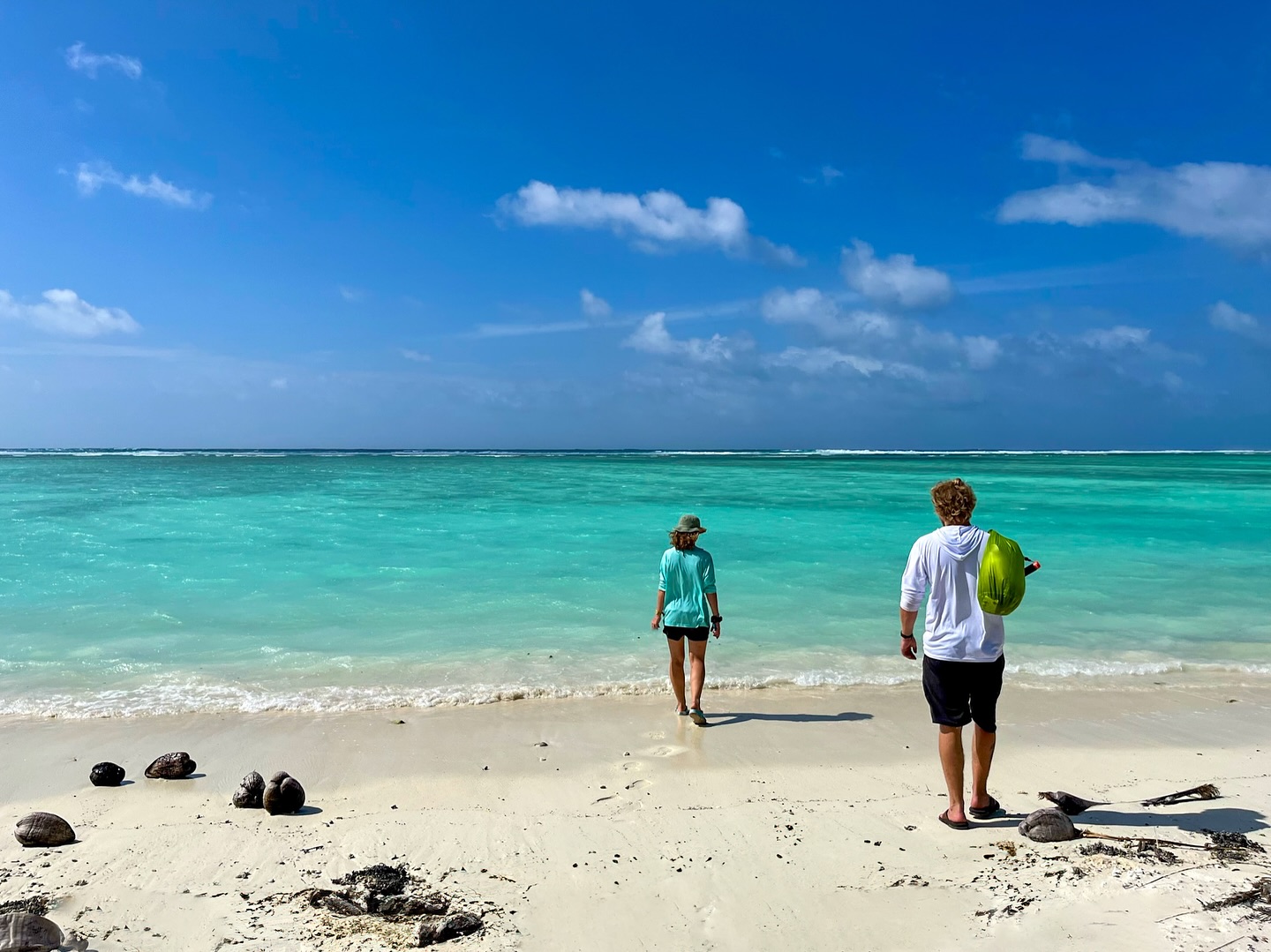

 Whether you’re walking along pristine shores, diving into turquoise waters, or relaxing under the stars, every moment will be an adventure like no other.
Whether you’re walking along pristine shores, diving into turquoise waters, or relaxing under the stars, every moment will be an adventure like no other. 
 Reserve your spot today, your dream voyage starts here!
www.panexplore.com
Reserve your spot today, your dream voyage starts here!
www.panexplore.com 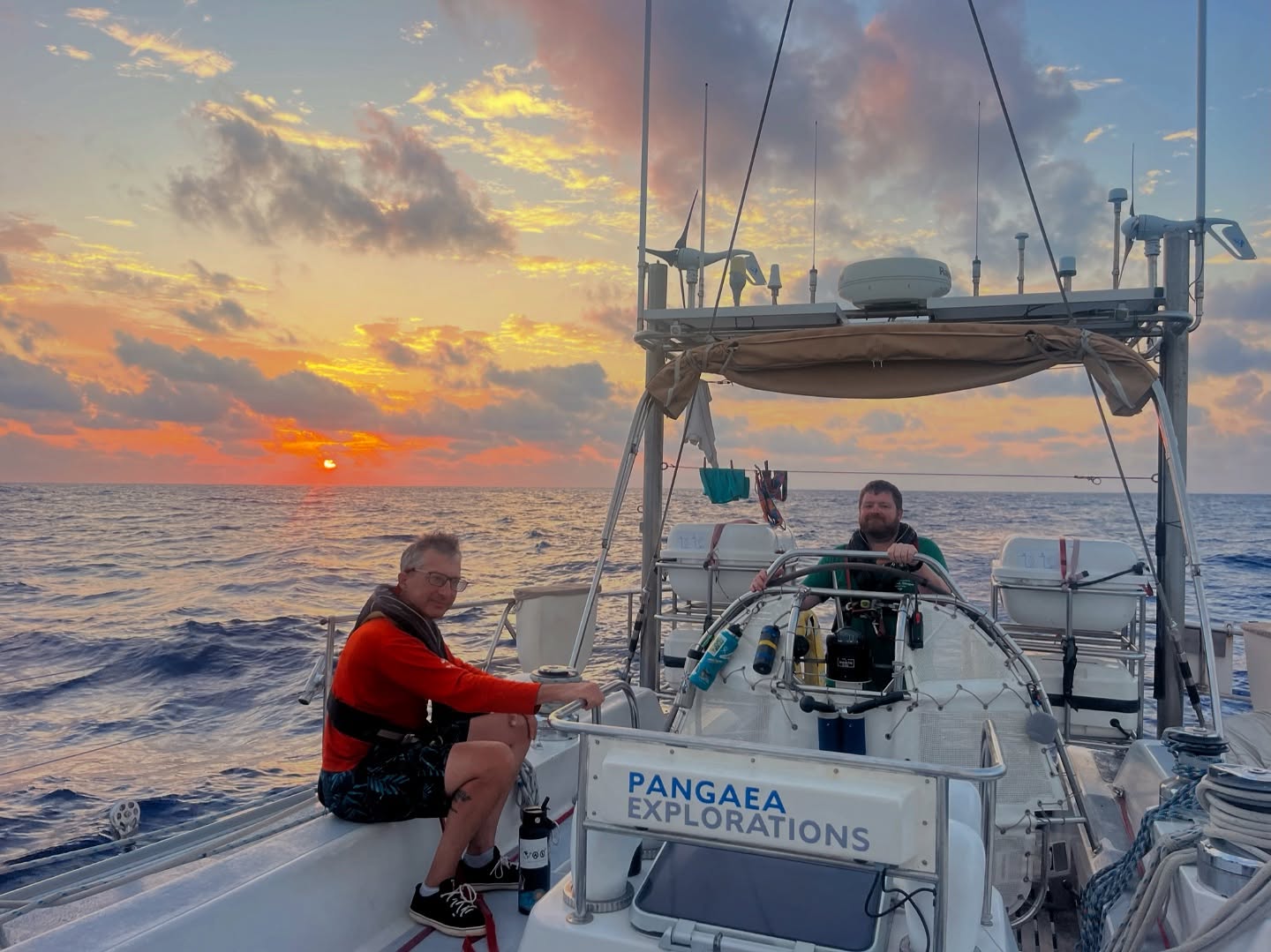
 *“The greatest adventure is what lies ahead.”* – J.R.R. Tolkien
*“The greatest adventure is what lies ahead.”* – J.R.R. Tolkien  Join us, no experience necessary. Let’s make memories on the water that will last a lifetime. Message us today!
#Sailing #sailinstagram #sailaway #yacht #yachtcharter #explorepage #adventuretrip
Join us, no experience necessary. Let’s make memories on the water that will last a lifetime. Message us today!
#Sailing #sailinstagram #sailaway #yacht #yachtcharter #explorepage #adventuretrip **BREAKING NEWS!**
**BREAKING NEWS!**  We’ve given our 72’ beauty a major makeover, and she’s now rocking a bold, funky Mango color!
We’ve given our 72’ beauty a major makeover, and she’s now rocking a bold, funky Mango color!
 WHO’S COMING ABOARD?!
#newcolor #seadragon #mangomadness #Sailing #sailinglife #adventuretravel #chasingthesun
WHO’S COMING ABOARD?!
#newcolor #seadragon #mangomadness #Sailing #sailinglife #adventuretravel #chasingthesun